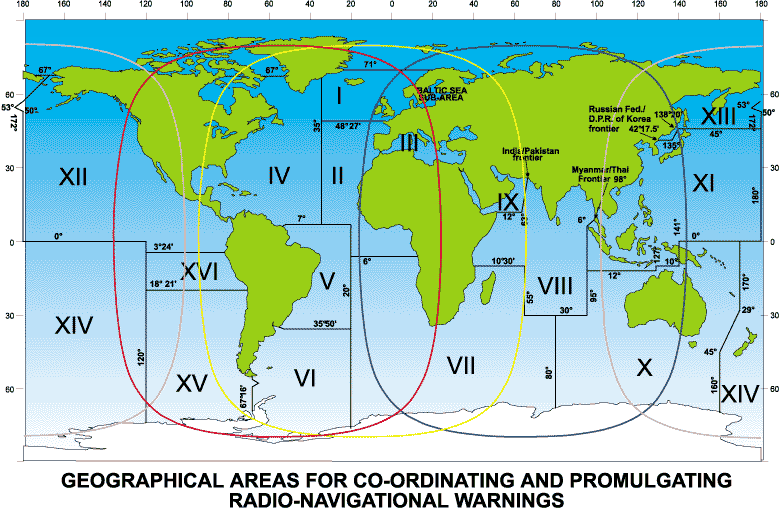
The Inmarsat-B digital mobile satcoms system provides two-way direct-dial phone, telex, facsimile and data communications at rates up to 9.6kbit/sec to and from anywhere in the world with the exception of the polar regions.

The System An Inmarsat-B terminal is a small self-contained satellite earth station comprising, in the maritime environment, of an above deck equipment containing a parabolic antenna and electronics and a below deck equipment containing electronic units, power supplies and interface connections. Connections to telex, telephone, modem and facsimile equipment are contained in the below deck equipment.
Inmarsat ship borne terminals are referred to as a Mobile Earth Stations (MESs). In the same way Land based Earth Stations through which communications are routed are known as Land Earth Stations (LESs).
A call from an MES is routed via the Inmarsat network to an LES and thence into the national and international phone, telex and data networks. There are four Ocean Regions covering the world each with its own operational satellite
Transmission and reception of signals are co-ordinated by four network co-ordination stations (NCS), one for each ocean region;
Atlantic Ocean Region East (AOR-E) Atlantic Ocean Region West (AOR-W) Indian Ocean Region (IOR) Pacific Ocean Region (POR)
Each NCS monitors the flow of communications traffic through its satellite to ensure that calls are correctly set-up and that all LESs are working correctly.
All inmarsat maritime systems make use of 2-digit codes to facilitate transmission and reception of various types of maritime information.
An Inmarsat-B maritime terminal installed on a vessel has the capability of transmitting distress calls on either telephone or telex.